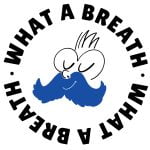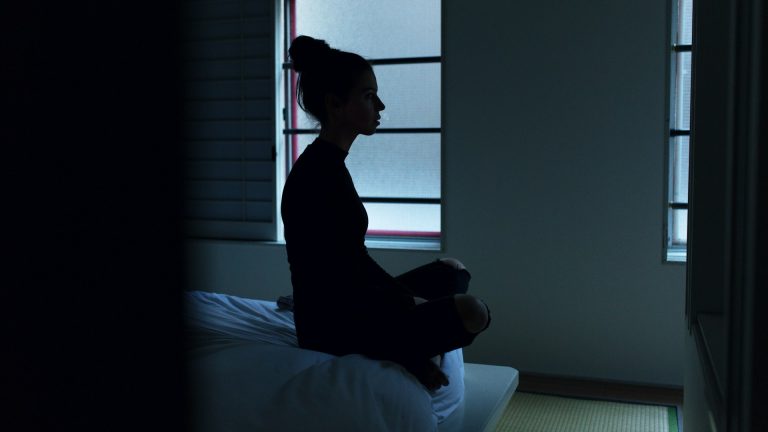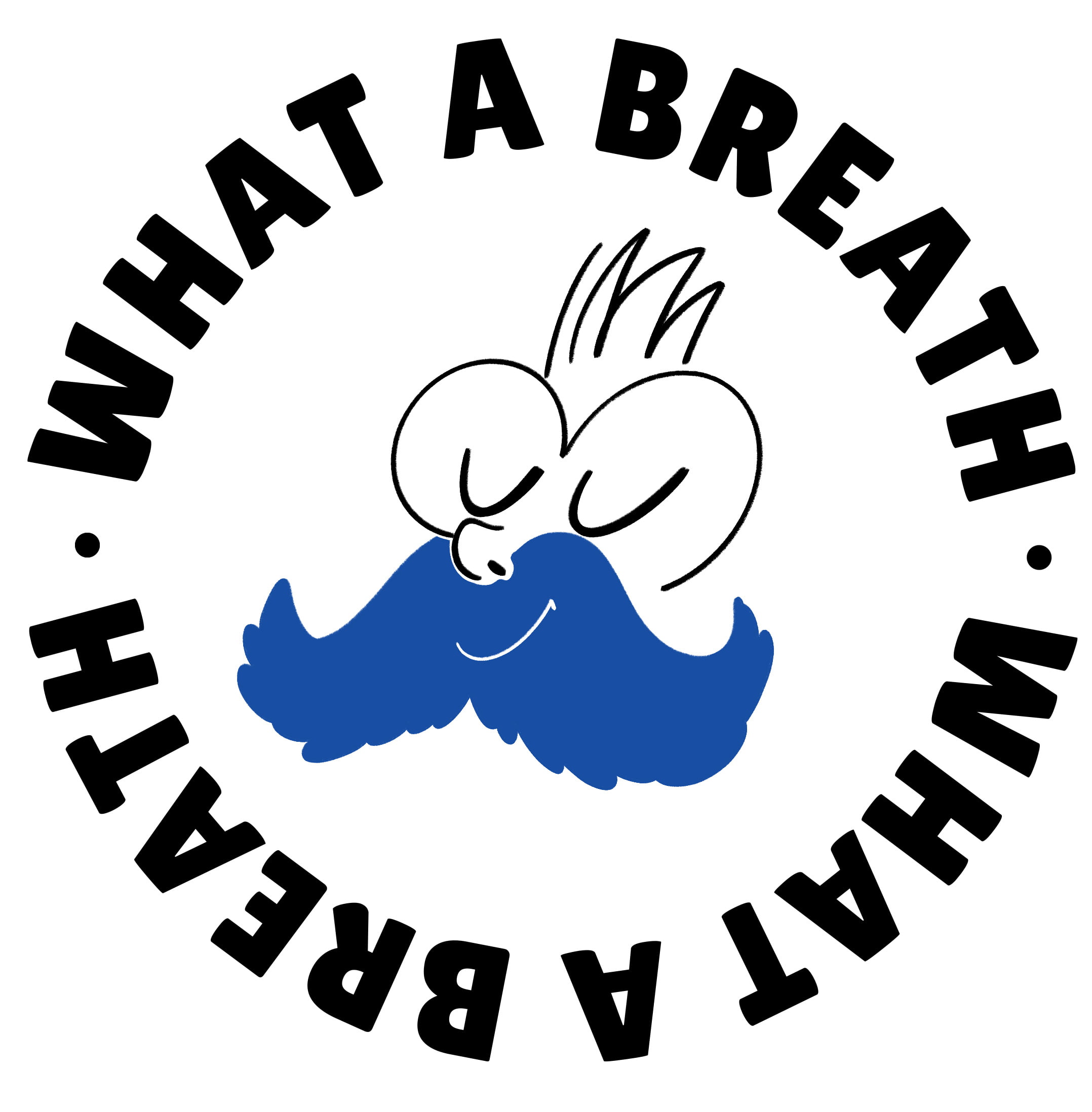Having trouble sleeping? Tossing and turning in bed without finding peace? Insomnia is a common issue, but we often overlook a natural and powerful remedy: breathing. The 5 2 5 technique could be the key to achieving deeper and more restorative sleep. In this article, you'll learn how it works, why it's effective, and how to integrate it into your nighttime routine.
Why Breathing is Essential for Good Sleep
Sleep quality depends on several factors: stress, anxiety, bad habits, and even how we breathe. Shallow and erratic breathing can keep the body in a state of alertness, making it difficult to relax and fall asleep.
When you breathe slowly and consciously, you send signals to the brain that promote relaxation and reduce cortisol production, the stress hormone. This helps the body prepare for sleep by increasing melatonin release, the hormone that regulates the sleep-wake cycle.
Many people underestimate the role of breathing in managing insomnia. Scientific studies show that controlled breathing can lower heart rate and improve sleep quality, making it easier to fall asleep and reducing nighttime awakenings.
What is the 5 2 5 Breathing Technique?
This simple yet powerful method consists of three phases:
- Inhale for 5 Seconds through your nose, slowly filling your lungs.
- Hold Your Breath for 2 Seconds, allowing oxygen to circulate through your body and stabilize your heart rate.
- Exhale for 5 Seconds through your mouth, releasing all accumulated tension.
This steady rhythm helps slow the heart rate, reduce anxiety, and prepare the body for rest. Practicing this technique regularly can train your body to relax more quickly each night, making it easier to fall asleep. If you want to discover more about this topic, i've spoken here: "5 2 5 Breathing: What Is It and What Is It For?“.
Benefits of 5 2 5 Breathing for Sleep
- Relaxes the nervous system: Activates the parasympathetic nervous system, which promotes relaxation and recovery.
- Reduces negative thoughts: Focusing on breathing distracts the mind from obsessive thoughts and daily stress.
- Lowers blood pressure: Slow breathing helps reduce blood pressure, facilitating sleep and improving cardiovascular health.
- Enhances sleep quality: Helps transition into deeper sleep phases, making rest more restorative.
- Helps combat insomnia: By reducing cortisol production and increasing melatonin release, it promotes natural and uninterrupted sleep.
- Increases body awareness: Helps develop a stronger connection between mind and body, useful for those dealing with stress and nighttime muscle tension.
How to Practice 5 2 5 Breathing Before Bed
Follow these simple steps to integrate 5 2 5 breathing into your nighttime routine:
- Find a Quiet Place: Lie down comfortably on your bed with your back aligned.
- Close your eyes: Pay attention to your breath without forcing it, simply observing it.
- Start the 5 2 5 cycle: Inhale for 5 seconds, hold for 2, exhale for 5, releasing any tension.
- Repeat for at least 5-10 minutes: Continue until your body feels more relaxed and lighter.
- Let go: If sleep comes before you finish the exercise, simply allow it to happen.
Extra Tips to Enhance the Technique’s Effectiveness
- Create a sleep-friendly environment: Keep your room dark, quiet, and at a comfortable temperature.
- Use relaxing essential oils: Lavender and chamomile are perfect for promoting relaxation.
- Listen to nature sounds or calming music: Frequencies at 432 Hz can encourage deep calm.
- Limit screen use before bed: Blue light from electronic devices inhibits melatonin production.
- Avoid caffeine and alcohol: Both can disrupt sleep and make falling asleep more difficult.
- Combine breathing with relaxation exercises: Yoga and meditation can amplify the benefits of the 5 2 5 technique.
Conclusion
If you struggle with sleep, try 5 2 5 breathing: it’s a simple, free, and incredibly effective technique. With daily practice, you can improve the quality of your rest and wake up feeling more energized and refreshed.
The key is consistency: the more you practice, the more your body will get used to relaxing quickly. If you want to explore other relaxation and breathing techniques, check out other articles on my blog or contact me for a personalized consultation. Now I can only wish you...Good night! 🙂






